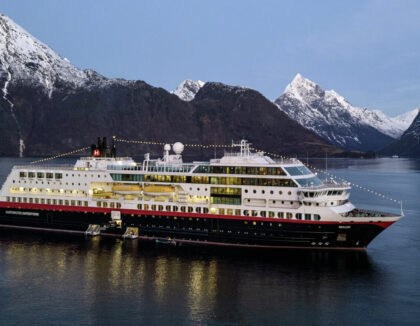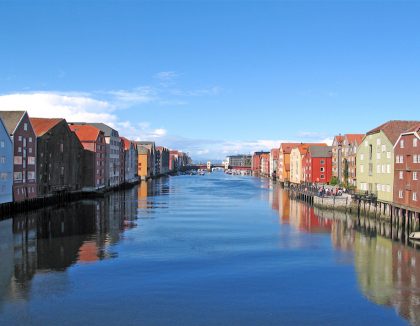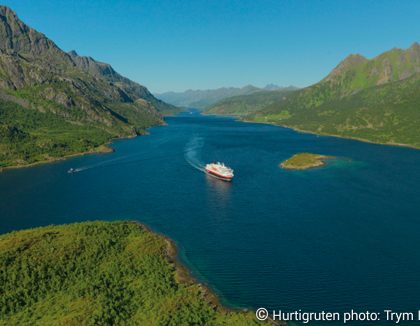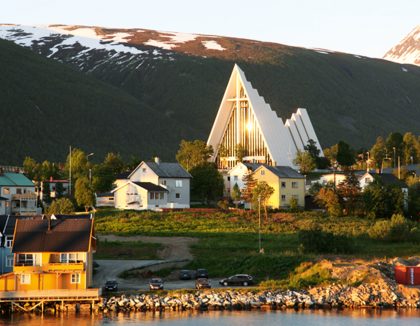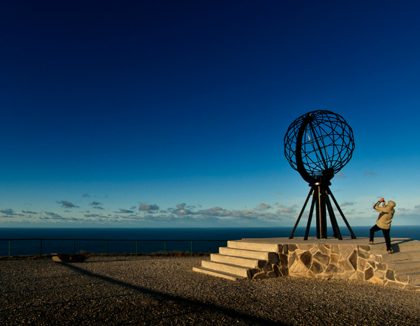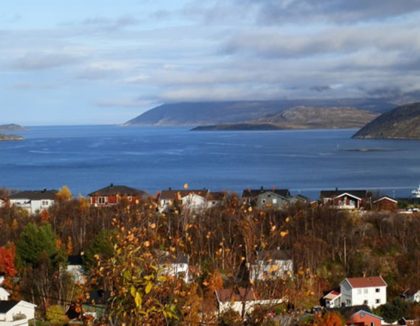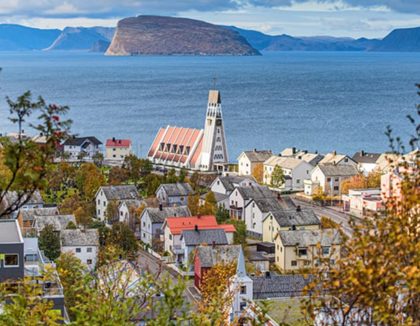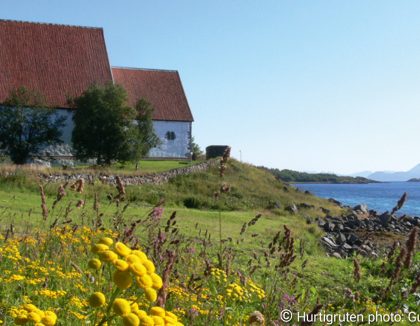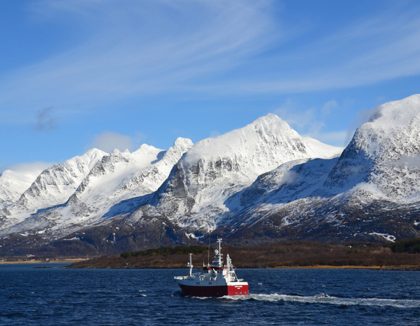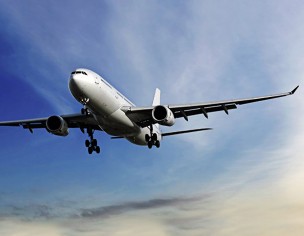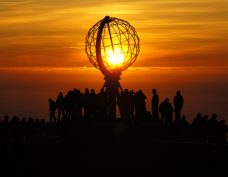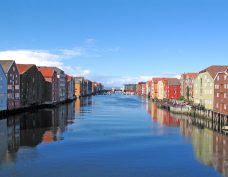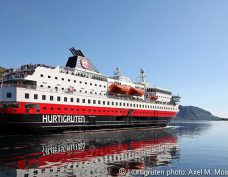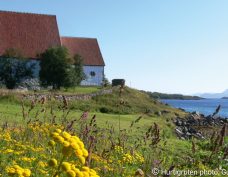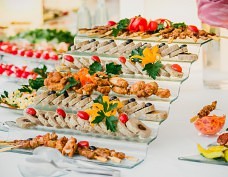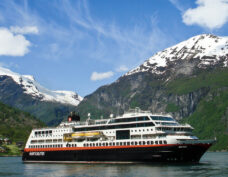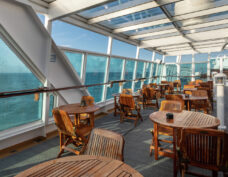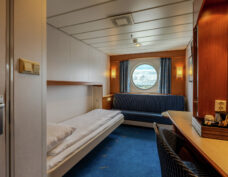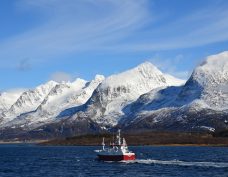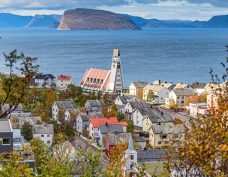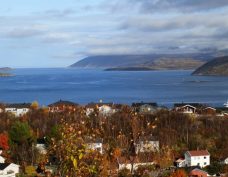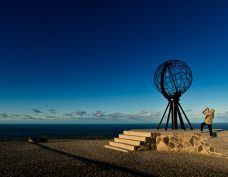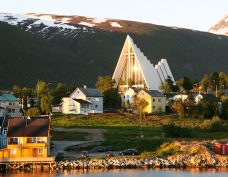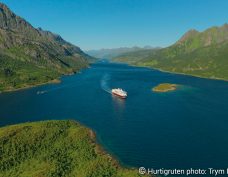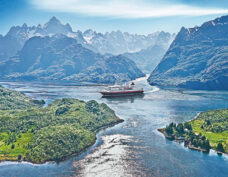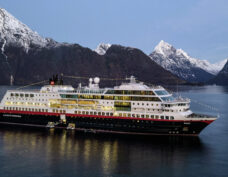Comparison of temperatures
| Jan | Feb | Mar | Apr | May | Jun | Jul | Aug | Sep | Oct | Nov | Dec |
| North Cape | -3 | -2 | -1 | 3 | 5 | 6 | 10 | 10 | 9 | 5 | 1 | -3 |
| London | 6 | 8 | 9 | 11 | 15 | 20 | 21 | 20 | 19 | 15 | 10 | 7 |
| Jan | Feb | Mar | Apr | May | Jun | Jul | Aug | Sep | Oct | Nov | Dec |
| Oslo | -3 | -2 | 2 | 7 | 12 | 17 | 20 | 18 | 11 | 7 | 2 | -2 |
| London | 6 | 8 | 9 | 11 | 15 | 20 | 21 | 20 | 19 | 15 | 10 | 7 |
General note:
Below is an information overview. The conditions of entry, as well as the political and health situation, can change anywhere in the world at any time. We therefore recommend checking before your trip. Please check the website of the Foreign Office (www.gov.uk) before your departure.
Location and geography:
The western coast of Norway lies on the European North Sea, the north coast on the Arctic Sea and the south coast on the Skagerrak, part of the North Sea separating Norway from Denmark. To the east, the country has its border with Sweden, to the north Finland and at its furthest north-easterly point the Russian Federation. The 2,700-km-long fjord coastline is Norway‘s „trademark“. The fjords are often very deep, on average between 80 km (about 50 miles) and 100 km (about 62 miles) long, and surrounded by tall mountains. Further inland, there are vast forests in the south with numerous rivers and lakes, while in the north, within the Arctic Circle, the landscape is a harsh, mountainous one.
Capital:
Oslo
Form of government:
Constitutional monarchy
Religion:
Norwegian Church (Lutheran-Lutheran): 73%; Roman Catholic Church: 2%; Islam: 2.6%; Buddhism: 0.3%; Hinduism: 0.1%; Other/without religion: 17.7%
Language:
The country‘s official language is Norwegian. In the north of Norway, Sami (also an officially recognised language) is also spoken. Many Norwegians speak English, and some also speak German and French.
Note: The languages used on board are Norwegian and English.
Climate:
The Gulf Stream and air flows from the North Atlantic ensure a moderate climate at the coast. Generally speaking, the southern flatlands have warmer summers and colder winters than the coastal regions. Rain falls all year round, and in winter there are heavy snowfalls. Close to the Arctic Circle, there is constant daylight around the midsummer period and constant twilight during the winter months.
Electricity:
The mains voltage is 220 V, 50 Hz. You will need an adapter and voltage converter.
Local time:
Between Norway (UTC+2 hour) and UK (UTC+1 hour) there is the whole year a time difference of 1 hour.
Making telephone calls:
For telephone calls to the UK, please dial the country code 0044 first. For telephone calls to Norway, please dial the country code 0047 first. Omit the first zero in the area code.
Entry requirements for British citizens:
British nationals can travel to Norway for up to 90 days without a visa. Visits to Schengen countries within the previous 180 days before you travel count towards your 90 days. Your passport should be valid for at least 3 months after the day you plan to leave Norway and less than 10 years old on the day you enter. If you renewed your passport early, extra months may have been added to its expiry date. This could affect the requirement for your passport to be less than 10 years old. Nationals of other countries are advised to inquire at the Norwegian Embassy about the entry requirements applicable to them. Whilst we endeavour to provide guidance where necessary, we cannot be responsible for any problems encountered (whether at any point of entry or elsewhere) in the event that passport and visa requirements are not satisfied.
The EU has a new visa waiver system, called ETIAS, which will be valid for three years. British passport holders travelling to the EU will need to apply and pay for an ETIAS, via an online system (https://etias.com/).
Note: A valid identity card or passport must also be presented when checking in at the Hurtigruten terminal or on board. Temporary identity documents are not accepted here. Entry requirements for British nationals may change at short notice. Legally binding information and/or information on entry requirements that goes beyond these instructions can only be obtained directly from the embassy or one of the consulates general of your destination country.
Citizens of other countries are advised to enquire about the entry requirements applicable to them at the respective embassy. You are responsible for applying for and presenting any necessary visas. RSD accepts no liability if you fail to do so. Please note that entry is subject to authorisation by the immigration authorities.
Additional packages:
Although your trip already includes a comprehensive package, you also have the option of choosing addedextras. We recommend booking the following package:
Full board: 9× lunch with regional products: only £260 per person.
Currency:
The currency is called Norwegian Krone (NOK). 1 crown = 100 Øre. Course (as of January 2024): 1 GBP = 13,18 NOK, 1 NOK = 0.08 GBP. Banknotes are available in the values of 1,000, 500, 200, 100 and 50 NOK, coins in denominations 20, 10, 5 and 1 NOK and 50 Øre.
Banks/Credit cards:
Money can go to the banks, exchange offices, and main post offices are exchanged during opening hours. Bank opening hours: Mon – Wed and Fri 08.15/09.00 – 15.30 (summer until 15.00), Th 08.15/09.00 – 17.00.
Withdrawals: With EC/Maestro Card and PIN number, cash can be withdrawn throughout Europe in the local currency.
Note: No money can be withdrawn on board ship. Payments can be made in cash (the on-board currency is Norwegian Krona). Cashless payment via CruiseCard is the better option, however. To do this, the credit card (must be valid for at least a further 3 months) must be presented at reception and the CruiseCard balance is then automatically deducted from the credit card, or a cash sum can be left at reception and the CruiseCard is then loaded with this amount. On the final evening of the cruise, the CruiseCard is totalled. The final bill will be sent to your cabin and the CruiseCard cannot be used the following day.
Particular customs regulations:
Norwegian customs regulations are very strict. The import of alcohol, but also tobacco, is subject to strict conditions. Even small violations of the limits are severely punishable. High import duties are payable when importing cars.
If you are bringing currency with a value corresponding to more than NOK 25,000 to or from Norway, you have to notify Norwegian Customs.
If you have fished under the auspices of a registered tourist fishing camp, the export quota is maximum 18 kilos of fish or fish products, provided that the organized fishing can be documented.
Further customs information regarding the import of goods can be obtained from the embassy of your destination country. This is the only place from which to obtain legally correct and binding information.
Important: If you are travelling to Great Britain from outside the UK, your personal allowances mean you can bring in a certain amount of goods without paying tax or duty. If you go over your allowances you must declare all your goods and pay tax and duty on all the goods in that category. Please inform yourself about the current customs regulations: www.gov.uk/bringing-goods-into-uk-personal-use/arriving-in-Great-Britain.
Conduct on board:
Smoking: Smoking is permitted only in designated areas on deck when the ship is at sea. Throwing cigarettes overboard into the sea is strictly forbidden. Smoking is strictly prohibited inside all cabins. Failure to observe this regulation will incur a fine.
Alcohol: A maximum of two bottles of alcohol (max. 1.5 l) may be brought on board per person. Anything above this amount will be confiscated and returned to you on the final day. Alcohol purchased on land must be reported to reception before departure. The consumption of alcohol that you have brought on board yourself is generally not permitted.
Clothing: Formal clothing or evening wear is not required, however a jacket or blazer is a good idea. The weather in Norway changes quickly, which is why the „onion“ approach is advisable. Breathable but wind- and water-proof clothing should also be brought along, together with a hat, gloves, scarf and functional clothing.
Special criminal provisions:
Drug-related offences and infringements of customs and fishing regulations are prosecuted harshly. The carrying of even the smallest quantities of narcotics will generally lead to arrest at the border, the imposing of an entry ban or imprisonment.
Keen fishers should inquire about local conditions in every instance. Failure to observe the relevant regulations incurs very high financial penalties which must be paid immediately. Fishing near to fish breeding farms is strictly prohibited.
Medical information:
At least 8 weeks before your trip, check the latest country-specific health advice from the National Travel Health Network and Centre (NaTHNaC – https://travelhealthpro.org.uk/countries) on the Travel HealthPro website. Each country-specific page has information on vaccine recommendations, any current health risks or outbreaks, and factsheets with information on staying healthy abroad.
Medical care: Anyone requiring regular medical care should find out about the facilities available in the sparsely populated parts of Norway. There may be problems accessing certain services in different regions. Outside normal business hours from 8 a.m. to 3 / 4 p.m., local emergency centres (Legevakt) can be contacted. The central emergency numbers in Norway are 112 (Police) or 113 (ambulance). For the dental emergency service (Tannlegevakt), payment must generally be made locally in cash.
Note: Due to the short distances between individual ports, there is neither a doctor nor a pharmacist on board. Medical care is available in port and in an emergency a helicopter can be summoned. All ships have a sick bay and personnel specially trained in first aid.
You should get a free UK Global Health Insurance Card (GHIC) or European Health Insurance Card (EHIC) before leaving the UK. If you already have an EHIC it will still be valid as long as it remains in date. You can also contact your health insurance company for information on current regulations.
The Foreign Office recommends taking out foreign medical insurance with repatriation cover. In this context, we would point out that the costs of any assistance that may be required will be charged if you do not have additional cover.
No guarantee can be provided regarding the correctness or completeness of the medical information, nor can any liability be assumed for any damages that may arise. You alone are responsible for your health.
Customers must ensure that they are physically and mentally well enough to undertake their chosen trip. They should find out for themselves the physical mobility levels and mental capacity required for the trip in question.
All information is subject to change/Last updated: January 2024
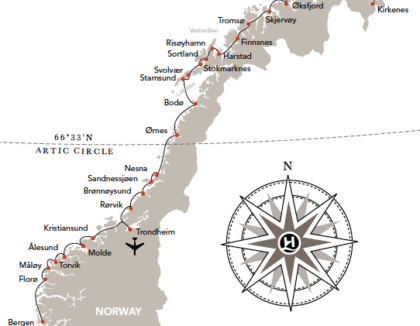
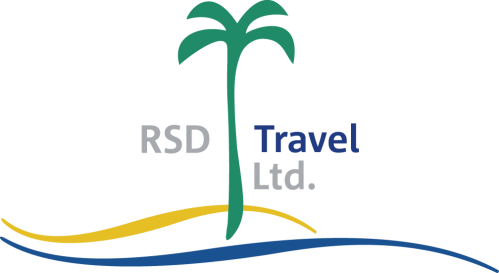




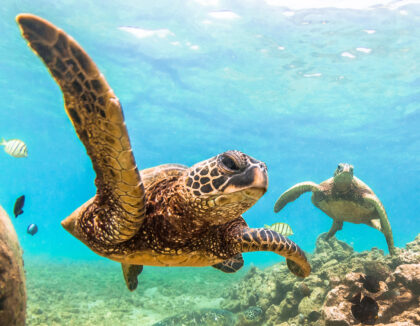 Travel highlights
Travel highlights
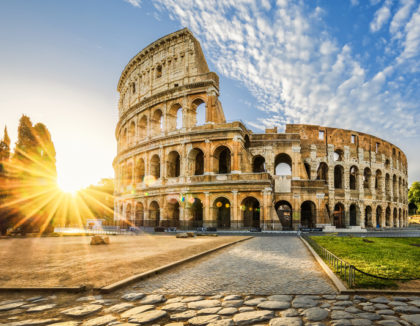 Europe
Europe
 Asia
Asia
 America
America
 Africa
Africa
